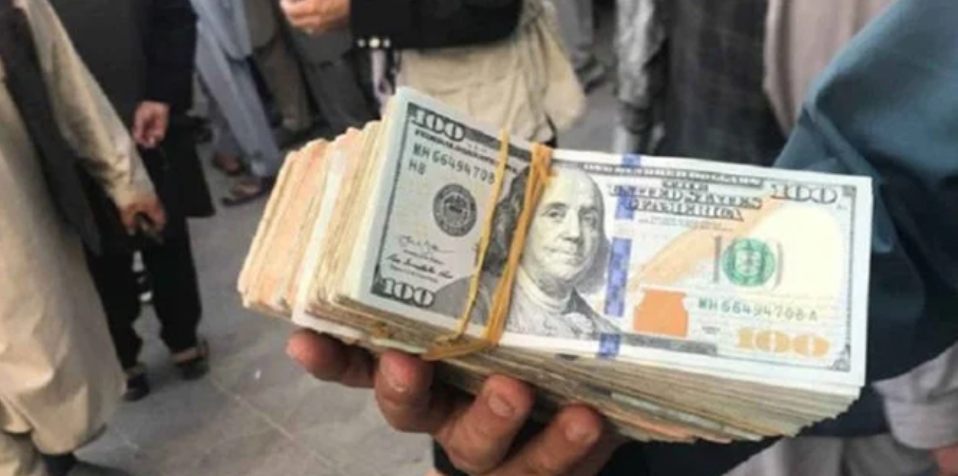Japan’s yen was at a 4-month low after the BOJ finally ditched sub-zero rates, but the focus was on whether the Fed signals that it now expects to cut U.S. rates twice this year rather than the three that markets have been hoping for.
The dollar was standing almost 0.5% higher on the day in Europe, where the pound dipped after soft UK inflation data and luxury goods stocks tumbled after a hefty profit warning from Gucci maker Kering.
Bond markets were awaiting the Fed, with U.S. 10-year Treasury yields, which tend to drive the global cost of borrowing, off recent highs while Gilt yields were also on the slide after the UK inflation numbers.
“The market is completely indecisive on the number of Fed rate cuts,” said Mathieu Savary, Chief European Strategist at BCA Research, describing it as “a complete coin toss” between two and three at the moment.
The yen’s fall also showed how markets almost always buy the rumor and sell the fact.
“Really that (BOJ move away from negative rates) should have lifted the yen, but instead it has fallen over 1.5% (over the last couple of days) because people expected the step,” he said.
The dollar was up 0.6% on the day to 151.70 yen, a fresh four-month high, and close to the 152 level that prompted Japanese authorities to intervene in FX markets in late 2022.
While Japan’s historic shift away from negative interest rates and massive stimulus ushered in a new era of economic policy, analysts expect the BOJ’s monetary normalization to proceed at a glacial pace.
That has meant an extended lifespan for the popular carry trades where investors borrow yen to buy higher-yielding currencies.
“It is clear that the BOJ tightening has done nothing to shake a belief in carry,” said Alan Ruskin, global head of G10 FX strategy at Deutsche Bank.







